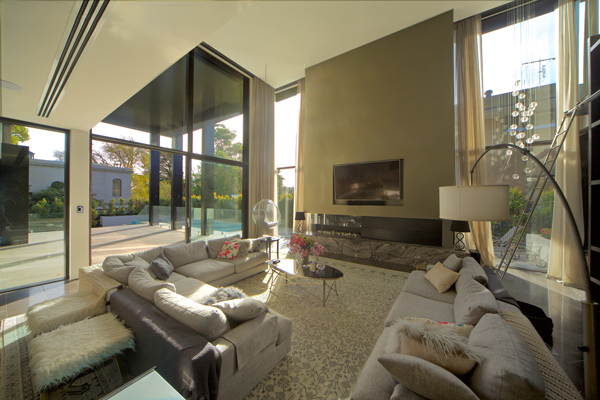Paarhammer is having an extended closure over the Easter period.
We will close on Thursday the 17th of April and will re-open on Monday the 27th of April.
Click here to view our latest blog
Energy Costs versus House Prices

You want to be comfortable in your home, right? To have a fairly even temperature is one of the things which make a house a healthy, comfortable place
to live in. If your house is insulated the costs for heating and cooling are low, meanwhile, if your house is not insulated your costs for heating
and cooling are high.
Home-ownership is still the goal of many Australians. Many get into the housing market by buying a relatively ‘cheaply’ built house. But those are
the ones who will be out of pocket for high energy costs the rest of their lives in that home.
So either pay for a well-built and well-insulated house at the beginning or pay every month in higher running costs thereafter. You choose.
Often houses are built to make money by using the cheapest methods available, without consideration of bills for the occupier later. Canberra has
had a system for many years that when a house goes up for sale or lease, the owner has to disclose the current level of energy performance of the dwelling.
This is done with an Energy Efficiency Rating statement (EER). So the new owners or tenants know in advance how much energy has to be used – hence
how much it costs - to be comfortable in the building they are about to buy or lease.
Victorian Residential Efficiency Scorecard
Canberra could have been a trail blazer with their EER scheme but it did not catch on in other states or territories. The Victorian Government has
now released the Victorian Residential Efficiency Scorecard. The Scorecard gives you a star rating for your home, like the rating on your fridge, and
is calculated by an assessor using the government supported Scorecard webtool. This is a home efficiency rating tool, but it is only voluntary, however
it can help the owner to understand the workings of the home and also show the areas where improvements could be made that will impact the overall
performance.
‘Residential properties are long-life assets with slow turnover, whose energy performance characteristics are mostly “built-in” at the time of construction or renovation (i.e. in floors, ceilings, walls and apertures, fixed features and appliances). As at 2014, 86% of Victorian homes were built before the 2003 introduction of energy efficiency regulations in the building code (Sustainability Victoria, 2014), meaning they are likely to be thermally inefficient.
Sustainability Victoria (2014) has estimated that energy efficient households can save around 40% of an average household’s total energy costs, which are upwards of $2,800 per year. This underlines the fact that, with cost effective investments in energy efficiency, property owners have the opportunity to significantly reduce costs and improve the comfort and health of their homes.’
Quote from Point Advisory - Public Background Paper on Victoria Residential Efficiency Scorecard: commercialization opportunities.
Windows and doors are part of the building envelope. Get the envelope right and you will have low energy costs for the lifetime of the building. You
choose!
VIC: Residential Efficiency Scorecard
VIC: Scorecard Commercialisation Background Paper.pdf